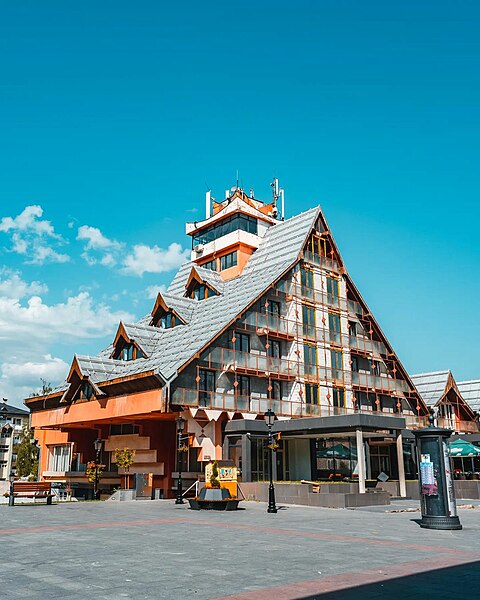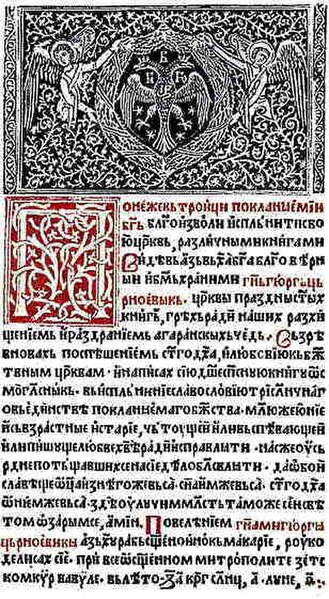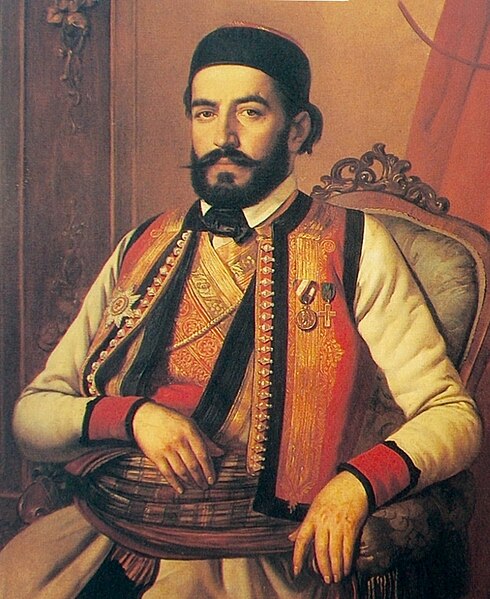Pljevlja is a town and the center of Pljevlja Municipality located in Montenegro in the northern region. The town lies at an altitude of 770 m (2,530 ft). In the Middle Ages, Pljevlja had been a crossroad of the important commercial roads and cultural streams, with important roads connecting the littoral with the Balkan interior. In 2023, the municipality of Pljevlja had a population of 24,542, while the city itself had a population of 16,419. The municipality borders those of Žabljak, Bijelo Polje and Mojkovac in Montenegro, as well as Bosnia and Herzegovina to the west and Serbia to the northeast. With a total area of 1,346 km2 (520 sq mi), it is the third largest municipality in Montenegro.
Image: Husein paša's Mosque, Pljevlja
Image: Pljevlja Crkva
Image: Gymnasium Pljevlja
Image: Hotel Pljevlja
Montenegrin is a normative variety of the Serbo-Croatian language mainly used by Montenegrins and is the official language of Montenegro. Montenegrin is based on the most widespread dialect of Serbo-Croatian, Shtokavian, more specifically on Eastern Herzegovinian, which is also the basis of Standard Croatian, Serbian, and Bosnian.
A page of Oktoih prvoglasnik, printed at the Crnojević printing house in Cetinje, 1494.
Petar II Petrović-Njegoš was a Prince-Bishop of Montenegro, poet and philosopher whose works are widely considered some of the most important in Montenegrin literature.






